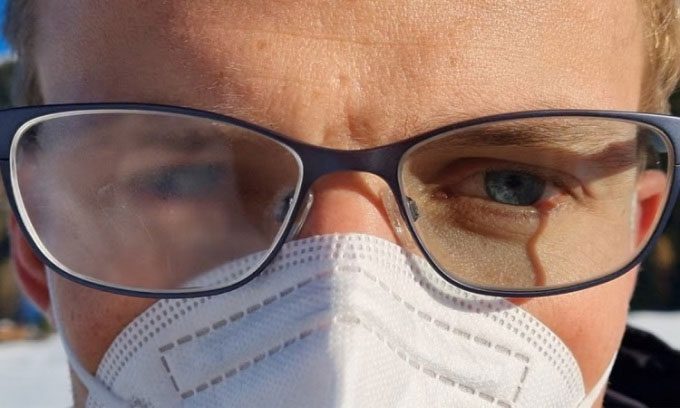A research team at ETH Zurich has designed a new coating material made from gold nanoparticles, which warms the lenses and prevents moisture accumulation that obstructs visibility.

Comparison of glasses with coating (right) and glasses without coating. (Photo: ETH)
Developed by a team of experts at ETH Zurich, the new coating utilizes thermal energy without the need for electricity. Instead, this coating employs a layer of nanoparticles sandwiched between two ultra-thin layers of titanium oxide. The entire coating is only 10 nanometers thick, approximately 1/20 the thickness of a gold leaf, according to research published by Professors Dimos Poulikakos and Thomas Schutzius on December 12 in the journal Nature Nanotechnology.
The nanoparticles absorb a significant spectrum of infrared light, causing the coating to heat up by more than 8 degrees Celsius compared to the surrounding temperature. However, the nanoparticles absorb very little visible light, allowing the coating to remain transparent.
The refractive properties of titanium oxide enhance the effectiveness of the thermal effect. Additionally, the outer layer also helps protect the gold from abrasion. Another advantage is that since the gold layer is conductive, it can utilize energy sources like batteries to heat the coating when direct sunlight is not available.
Compared to anti-fog sprays that incorporate moisture-absorbing molecules, the gold nanoparticle coating prevents fogging on glasses from the outset. This technology was first introduced in 2019. However, compared to the coating described at that time, the new coating is thinner, more flexible, and significantly more transparent due to its selective absorption of infrared light. The researchers are using very little gold in the coating to keep costs down and are still searching for cheaper metals to replace gold.


















































